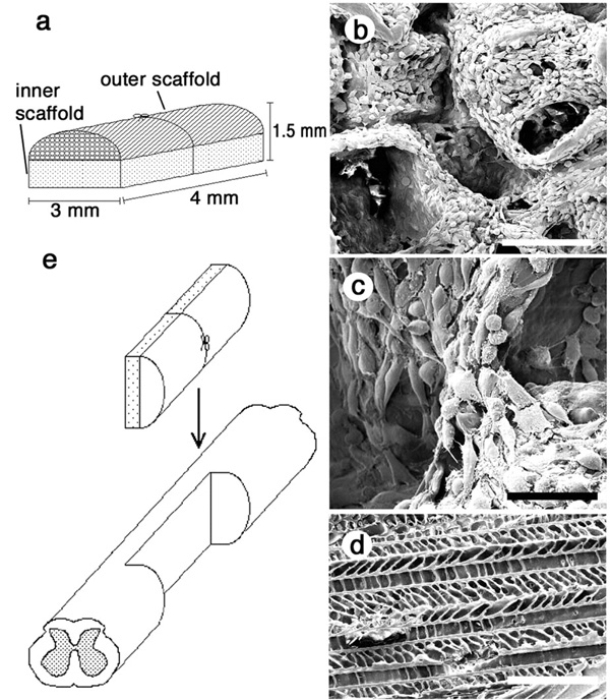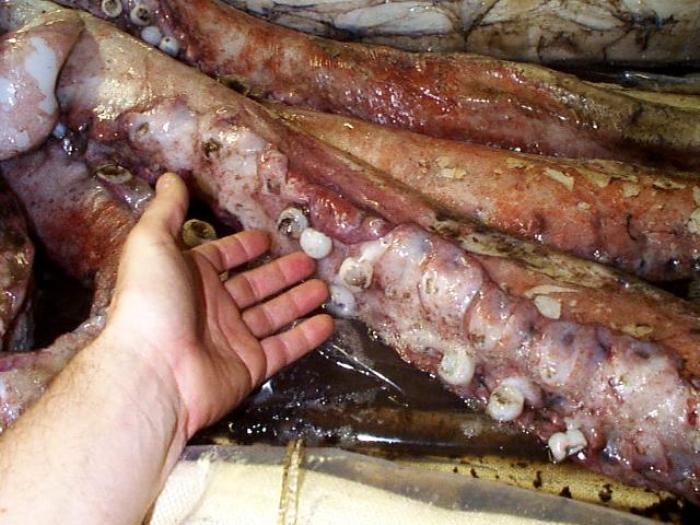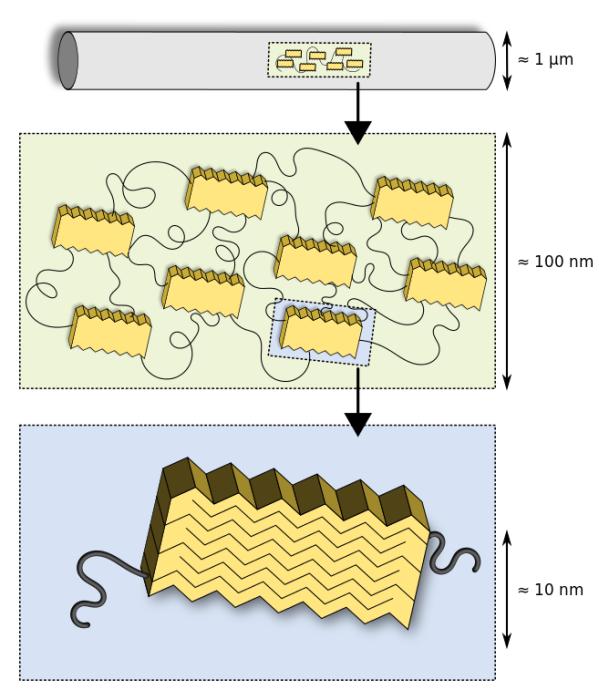‘Squid Teeth’ Is a Promising Biomaterial for Various Applications
Before you think of those creepy teeth you see in photos of octopuses and squids that smile, we’d like to clarify that we’re referring to something else here. These squid teeth are those found on the tentacles of squids, not those inside the oral cavity.
An international group of scientists in Singapore, mainly from Nanyang Technological University, have discovered the many potential uses of the sharp parts within the suction cups of squid tentacles, or those parts commonly referred to as squid teeth. These squid parts have a composition that make them durable and versatile as a biomaterial. They can be processed to extract or produce materials that can be molded into a variety of shapes, as the Singaporean study revealed.
The “Squid Teeth”
Squid tentacles have hundreds of suction cups or suckers that bear rings of razor-sharp parts informally referred to as the “teeth.” These parts are what squids use to grab their prey tightly. They don’t cause major injuries on their preys but they enable a tight grip. These “teeth” are notably durable as they are made of a specific types of proteins. The scientists who did the study have so far identified 38 of these proteins. These proteins form “ß-sheet” polymer networks comparable to that of the highly durable spider silk.
The teeth were thoroughly analyzed and it was found that they are composed of related structural “suckerin” proteins with modular designs that make it possible for nanoconfined “ß-sheet” reinforced polymer networks to be formed. These “suckerins” are believed to be encoded by a multigene family, as supported by phylogenetic analysis. This means that that “suckerin” genes have a common ancestor and that nanoconfined “ß-sheet” reinforcement is a long established strategy among evolving animals to produce highly durable bulk biomaterials.
Squid Teeth as Biomaterials
Scientists hope that the unique composition of squid sucker teeth can be recreated in the lab setting or synthesized to come up with robust biomaterials for various applications. Decoding the secrets of producing these squid sucker teeth can be beneficial to a number of industries, from surgery to manufacturing. Just like spider silk, there are many possible uses of squid teeth. They may be durable but they can be reshaped; they are malleable enough to be versatile.

By StemBook, ed. The Stem Cell Research Community, StemBook, doi/10.3824/stembook.1.1.1, http://www.stembook.org
The specific uses of squid teeth mentioned by the scientists involved in the study focus on manufacturing and the use of the material as bone growth scaffolds. However, other possible uses include the following:
- Sustainable, fossil fuel-free foam packaging including biodegradable bottles
- Rust-free panels for vehicles and other applications
- Artificial ligaments and tendons
- Supports for weak blood vessels
- Parts for for embeddable and wearable devices
Most of the applications rely on the material’s durability and malleability. There are several other possible uses that are still unexplored. Further research and development endeavors will reveal them in the future. The bionic tentacles we wrote about some months ago may also find some good use from the durable squid teeth biomaterial.
Advantages of Squid Teeth as Biomaterials
The main advantage “squid teeth” offer, especially when compared to spider silk, is the relative ease of production. The scientists involved in the research believe that it will be easier to produce squid teeth artificially compared to synthesizing the famous spider silk. On the other hand, if the squid teeth were to be obtained naturally, there are also advantages compared to spider silk harvesting. Squids may not be farmed and obtaining the “squid teeth” means killing the squids, but the tentacles can easily be purchased from fish suppliers. The separation of the tentacles from the squid body does not make the rest of the squid useless. The body can be used for food while the tentacles are processed to obtain the “teeth.”
At the moment, no details regarding the processing involved in converting squid teeth to useful biomaterials have been made public. More studies are still being conducted. There have been no actual products made from squid teeth biomaterials. No specific processing methods have been established yet. However, it shouldn’t take that much time for the scientists to come up with a good prototype that can demonstrate the application of the squid biomaterial. The scientists involved in the study received good funding from a number of institutions including the Singapore National Research Foundation, the Singapore Ministry of Education, and the Biomedical Research Council of the Agency for Science, Technology, and Research.

